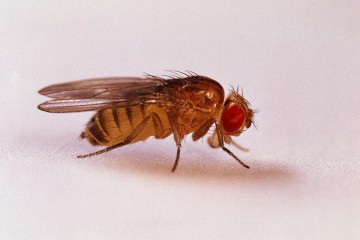Project grant
Drosophila as a model for Alzheimer's disease

At a glance
Completed
Award date
January 2010 - January 2013
Grant amount
£370,278
Principal investigator
Dr Kevin Moffat
Co-investigator(s)
Institute
University of Warwick
R
- Replacement
Read the abstract
View the grant profile on GtR
